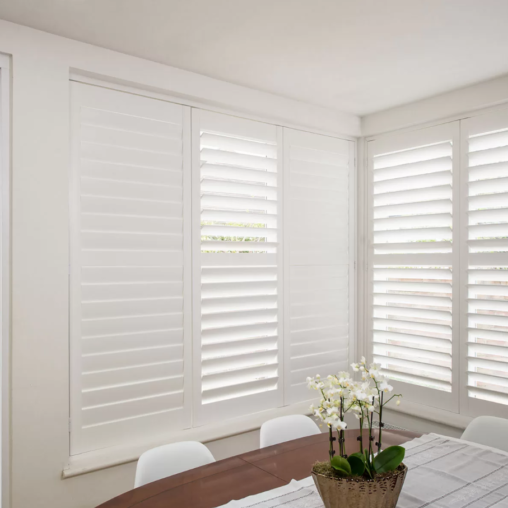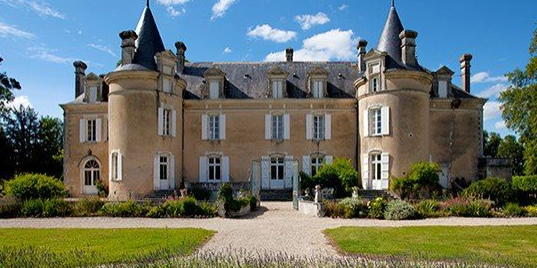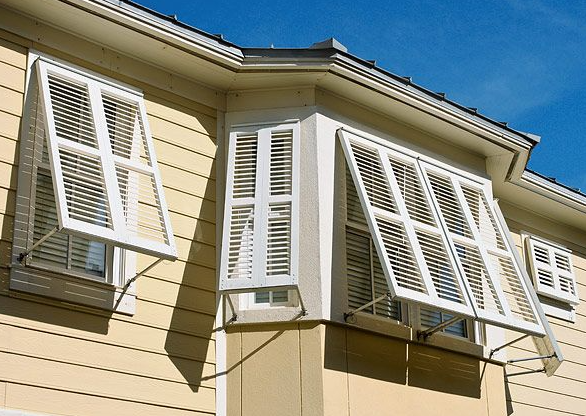Shutters have been a fundamental component in architecture, offering both functionality and aesthetics for centuries. Originating in ancient Greece, they were initially designed to provide ventilation while keeping out direct sunlight, which was essential in the region's hot climate. Early shutters were made of marble—an abundant and durable material that offered structural integrity.
As time passed, shutters evolved, and their use spread throughout Europe, adapting to the architectural styles and materials available in different regions. In the medieval period, wooden shutters became prevalent, particularly in homes and castles, where they provided additional security and insulation against the cold. By the 18th century, shutters had become a standard feature in colonial American homes, where they served to protect against harsh weather conditions and add an element of decorative appeal.
Types of Shutters
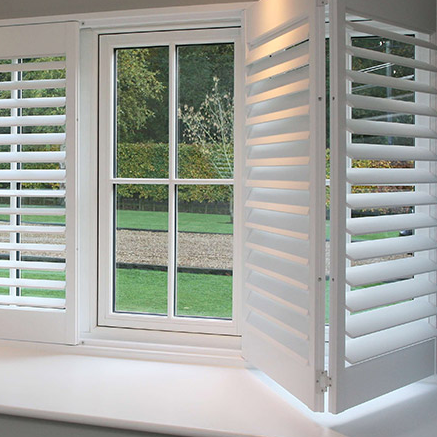
Louvered Shutters
Louvered shutters feature slats (or louvers) that can be angled to control light and airflow. These shutters are commonly found in warmer climates due to their ventilation benefits. The horizontal slats allow homeowners to regulate internal temperatures while maintaining privacy and security.
Panel Shutters
Panel shutters come in various styles, such as raised panel, flat panel, and recessed panel. These types provide a solid barrier against elements like wind and rain and offer a more traditional aesthetic, often seen in classical architecture. They are particularly popular in areas prone to storms, as they provide robust protection.
Board and Batten Shutters
Board and batten shutters are crafted from vertical boards held together with horizontal or diagonal battens. This rustic style is deeply rooted in European architecture and has been prominently used in farmhouse designs. They are known for their sturdy construction and ability to withstand severe weather conditions.
Bahama Shutters
Bahama shutters, also known as Bermuda shutters, are hinged at the top and open outward, forming a slant that provides shade and protection from the sun while allowing ventilation. Originally used in tropical climates, these shutters are favoured in coastal areas for their ability to withstand high winds and their unique, laid-back appearance.
Plantation Shutters
Plantation shutters, characterized by their wide, adjustable louvers, originated in the American South. They were initially used on plantation homes to keep interiors cool and circulate air in summer and, in the cooler states, assist with insulation in the cooler months. Today, they are also appreciated for their stylish look and practicality, making them a popular choice in various architectural styles.
Throughout history, shutters have transitioned from purely functional objects to integral elements of design. Whether modern or traditional, their enduring presence in architecture speaks to their versatility and timeless appeal. Today’s homeowners continue to adopt shutters not only for their practical benefits but also for the charm and character they lend to a building’s facade.
Unknown Benefits of Louvered and Plantation Shutters
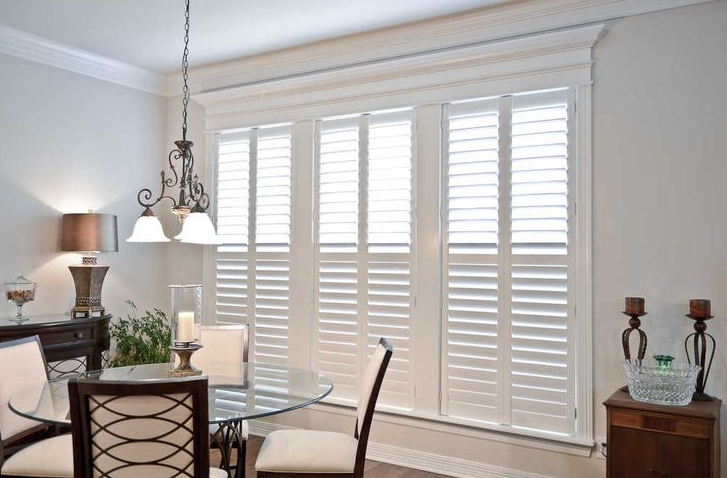
While the aesthetic and practical benefits of plantation shutters are well-known, there are several lesser-known advantages that make them an exceptional choice for any home. Firstly, plantation shutters offer excellent energy efficiency. The adjustable louvers create an additional layer of insulation to keep heat out during summer and retain warmth during winter, thereby helping to reduce energy costs. Additionally, these shutters are incredibly durable, often outlasting other window treatments like blinds or curtains, which means fewer replacements and long-term savings.
Another often overlooked benefit is their contribution to improved indoor air quality. Unlike fabric curtains, which can harbour dust and allergens, plantation shutters are easy to clean and help minimise indoor pollutants. Moreover, plantation shutters provide enhanced security. Their sturdy construction and ability to be fully closed add an extra layer of protection against intruders. Lastly, plantation shutters can significantly boost the real estate value of a home. Their timeless appeal and practical benefits are attractive features to potential buyers, making them a wise investment for homeowners looking to increase their property’s marketability.
Here at Cloth & Feather, one of our specialties is made-to-measure Louvered and Plantation Shutters. If you are interested in having a discussion about the process, please get in touch with us.

